Member postings for Steve355
Here is a list of all the postings Steve355 has made in our forums. Click on a thread name to jump to the thread.
| Thread: a machinist making a knife | |||||||||||||||||||||||||||||||||||
| 22/07/2023 23:12:35 | |||||||||||||||||||||||||||||||||||
Posted by celso ari schlichting on 14/07/2023 23:42:49:
a machinist making a bowie knife Great job - work of art. Well done. | |||||||||||||||||||||||||||||||||||
| Thread: How to machine this? | |||||||||||||||||||||||||||||||||||
| 21/07/2023 19:03:41 | |||||||||||||||||||||||||||||||||||
Posted by JasonB on 21/07/2023 16:16:20:
As someone who earns a living from making sawdust it is worth pointing out that your typical Ovolo form as found on sash window glazing bars is not actually a 1/4 circle as it is longer than it is wide. Sometimes as shown below other times a 1/4 of an ellipse Hence why I suggested making form cutters. John's and possibly Howards method assum it is an exact 1/4 circle. Edited By JasonB on 21/07/2023 16:19:31 That’s basically correct. The one I’ve chosen to be standard for my home-made tools is based on this sash ovolo plane: Which I’ve made #8 hollows and rounds to cut (amongst many others) problem is, the Ovolo dimensions above don’t match the sash template I have, or various other related tools. Hence the need to make lots of tools. When you consider that as Jason says, it’s an arc of a circle and not 1/4 of a circle, machining it all get more tricky. | |||||||||||||||||||||||||||||||||||
| 21/07/2023 12:10:56 | |||||||||||||||||||||||||||||||||||
Thanks for all the thoughts and suggestions. I know that there are modern ways to make window sashes, but 1) the original Victorian methods are fascinating, it’s a huge, lost industry and skill set, and part of our heritage and 2) go down to your local historic town centre and look at the quality of the original joinery on shop fronts, lawyers offices, pubs etc and it has a quality and beauty that far surpasses anything made these days on a router table or spindle moulder. I’m pretty sure now that it was done like this. First, the shop obviously has the capability to sink the sash bar profile in a lump of beech. That’s no mean feat but perfectly doable by a plane workshop using a specialised “mother plane”: to create the brass template coping end, a slice of this profile is cut, and the coping profile is simply planed onto the end using a “round” plane. And immediately you have a pattern for casting. Easy. The hard part is actually sinking the sash bar profile in the wood in the first place. So I think I will have a go this, maybe in a couple of weeks because I have to make the tools to make the sash bar template. I’ve been looking for an excuse to melt some more brass for a while. | |||||||||||||||||||||||||||||||||||
| 20/07/2023 21:46:35 | |||||||||||||||||||||||||||||||||||
Well, I have a little home made foundry. My casting skills are rudimentary at best but it would be fun to try. And it’s flat on one side, greatly simplifying things. I imagine that making patterns for any profile would be dead easy for a shop making wooden sash tools. | |||||||||||||||||||||||||||||||||||
| 20/07/2023 21:08:30 | |||||||||||||||||||||||||||||||||||
Posted by Gary Yeadon on 20/07/2023 20:39:22:
Good Evening Steve - What are you using the fully machined item for please? Regards
Gary It’s a template for coping sash window bars, so a perfect mated joint can be achieved. The original I have is at least 100yrs old. probably more. I’ve been on a mission for a long time to make myself a set of traditional sash making tools that properly match. Finding a matching set is nigh on impossible, they’ve long ago been split/lost/discarded etc. You put the sash bar in the groove and use a curved gouge for the coping - see pics below. I’m thinking, probably, they may have been made by hand rather than machined. In the catalogue for the toolmaker there were numerous different sizes and profiles. But the finish and accuracy is very good, which is what made me think it may have been machined. Perhaps I need to get practicing with a file! | |||||||||||||||||||||||||||||||||||
| 20/07/2023 19:16:03 | |||||||||||||||||||||||||||||||||||
Hi all Feeling slightly guilty that I only show up here when I want something, but never mind. Does anybody have any thoughts on machining the below part? It’s part of a template used for making sash windows. All of the curves are sections of a 1” diameter circle. Machines available - small lathe, small mill, small horizontal mill and surface grinder. It looks to me mostly like a job for the horizontal mill, but I can’t find a quarter round cutter anywhere. Not sure if such a thing exists. Thoughts welcome. thanks Steve | |||||||||||||||||||||||||||||||||||
| Thread: Reversing switch | |||||||||||||||||||||||||||||||||||
| 29/04/2023 23:10:37 | |||||||||||||||||||||||||||||||||||
Done it. Once it’s wired up, it’s easy to see how it works. Thanks Robert. Steve
| |||||||||||||||||||||||||||||||||||
| 29/04/2023 20:36:55 | |||||||||||||||||||||||||||||||||||
Aha…. There is a circuit diagram on the inside of the lid The NVR is 3 phase. The reversing switch is no doubt mediocre quality, but the contacts all seem to be substantial, if the case is a little tight. So I think it’s the style Robert showed in his diagram. He may be correct. | |||||||||||||||||||||||||||||||||||
| 29/04/2023 19:01:13 | |||||||||||||||||||||||||||||||||||
I have recently acquired a 3 phase motor for my horizontal mill, and I’m in the process of wiring it up. It struck me that it would be useful to have a reversing facility, because the mill table has a power feed and it would be nice to let the motor wind the table back to the start rather than doing it by hand. It happens that I have a reversing switch that I bought once but never got around to installing. So I started wiring it up but then realised that it is a single phase reversing switch. As I understand it, reversing a 3 phase motor is dead simple. One simply switches any 2 of the 3 wires. I can’t help thinking that this can be done with the switch I have - but when I think about the circuit, my head hurts. Obviously 1 wire goes straight through, but the other 2 need to be split. Does anybody know how to do this? It’s probably worth mentioning that I have a NVR switch which will also be on the mail to isolate, the reversing switch and motor entirely. Steve
Edited By Steve355 on 29/04/2023 19:02:09 | |||||||||||||||||||||||||||||||||||
| Thread: Adjusting the horizontal mill | |||||||||||||||||||||||||||||||||||
| 22/04/2023 13:24:57 | |||||||||||||||||||||||||||||||||||
Posted by AJAX on 19/04/2023 19:18:35:
Posted by Steve355 on 18/04/2023 21:22:24:
Any reason not to go for a 12 pole, 3 phase, 1 hp, 450 rpm motor that popped up on eBay? it’s cheaper than the 12” pulley and would provide the “correct” speeds. Steve
That advert is strange. Many photos, but none of the data plate. Maybe it is 440V only. it is a little strange but the guy selling it seemed sensible. It is a 3 phase motor which isn’t totally ideal but I have a converter I use for my surface grinder so it’s feasible. At £55 it’s a cheap solution which only needs wiring and mounting, so I’ve ordered it and we’ll see how it goes. Hopefully I’ll have a usable horizontal mill next weekend. | |||||||||||||||||||||||||||||||||||
| 18/04/2023 21:22:24 | |||||||||||||||||||||||||||||||||||
Any reason not to go for a 12 pole, 3 phase, 1 hp, 450 rpm motor that popped up on eBay? it’s cheaper than the 12” pulley and would provide the “correct” speeds. Steve
| |||||||||||||||||||||||||||||||||||
| 18/04/2023 14:22:19 | |||||||||||||||||||||||||||||||||||
Posted by Dave Halford on 14/04/2023 12:22:03:
Steve, You have three separate problems in reality. 1 you are starting to go around the circle again 2 spindle speed 3 table feed speed 2 can be fixed with the 12" countershaft pulley solution from page 2 that you suggested and from Jasons post gives you 80, 250, 750 spindle speeds that you seem to have rejected for some reason. 90 is fine for slitting saws on my Centec 2A. Keep the smaller pulley and belt in the drawer for when you want to use end mills ( assuming you can find /make a B&S taper cutter holder.) 3 is based on feed speeds for a 12 tooth cutter. Buy cutters that have a tooth count matching the machine. Hi Dave It is true that I’m going around in circles again to some extent The reason for rejecting the pulley based solution was that it didn’t work quite as Jason anticipated. A 12” pulley would give around 250 rpm at the countershaft 119, 244, 325 at the spindle, given the ratios of the existing pulley. I actually need around 150 at the countershaft, which would give 71, 146, 195 at the spindle. This means I need a motor that runs at about 450rpm, to get 150 at the countershaft- which is too low for VFDs without losing significant power, in theory anyway. Now, I could go for a motor which runs at 750 rpm AND a bigger countershaft input pulley. That might be the way to do it, and by changing countershaft pulley, I’d have access to higher speeds if I need them. Steve
| |||||||||||||||||||||||||||||||||||
| 13/04/2023 18:15:10 | |||||||||||||||||||||||||||||||||||
Back to this project after more than a year! Project status: Burke #4 horizontal mill works, however, when using slitting saws to cut steel etc, the minimum 250 RPM is way too high, resulting in burnt chips, lots of heat, worn out cutters etc. my understanding is that it needs to be more around 70 RPM to get good results. I really want to use the mill for other projects now and don’t really want to embark on another engineering project - so the simplest and quickest, not necessarily the cheapest solution fits the bill. current rpms:
Options option 1 - extra countershaft. Another project, probably won’t be cheap once finished, lots of fabrication etc. not much room for it anyway. Don’t fancy it if it can be avoided. option 2 - new/existing motor with reducing gearbox looks like quite a good option. a 3:1 reducing gearbox would give the following approx rpms:
so now I have the minimum RPM I need but the max RPM is low! And such gearboxes don’t really seem to exist. Option 3 VFD as proposed previously. Start to drop off in power below 750 RPM. I really need to run it at about 450rpm. So maybe no good. Also, 3 phase Is a problem. Option 4: DC treadmill motor lots of US people seem to use these, swear by them, but I don’t really know where to start.
Any brilliant thoughts or inventive ideas very welcome! Steve
| |||||||||||||||||||||||||||||||||||
| Thread: Surface plate stand | |||||||||||||||||||||||||||||||||||
| 22/11/2022 14:19:56 | |||||||||||||||||||||||||||||||||||
Posted by peak4 on 21/11/2022 20:52:48:
Posted by Steve355 on 21/11/2022 20:16:13:
Well, thanks for all the contributions. I made a stand at the weekend. The choice now have is to use some bolts, head upmost, to support the plate (with some thick felt pads like one uses for chairs), or I have a 4mm sheet of steel I could place on the top. The plate seems to be designed for the “Bessel point” arrangement, as commercial stands are available for it (at great cost). I’m currently considering using the bolts.
Have you considered using adjustable height feet, but inverting 3 of them, rather than bolts and pads. Edited By peak4 on 21/11/2022 20:53:35 Great idea Bill. I’ve ordered some. Steve | |||||||||||||||||||||||||||||||||||
| Thread: Surface Grinder refurb | |||||||||||||||||||||||||||||||||||
| 21/11/2022 20:25:53 | |||||||||||||||||||||||||||||||||||
Update…. It’s all back together now and I’m running some tests. I didn’t scrape the dovetails as my SE (still) hasn’t turned up. It worked almost very well, see pic. It’s flat and thicknessed to +/- a few tenths, except at one end. At that end (right in the pic) the surface finish changes slightly and the thickness is about 0.004” less. I’d bet that that occurs when it crosses the centre of gravity of the table. Problem 2 is the table gibs. If I tighten them enough to ensure there is absolutely no lateral movement of the table, then if I wind the table to either end of its travel, it gets very stiff. I’ve messed with it for ages trying to find a sweet spot, but to no avail. I have a nasty feeling that it is caused by dovetail wear. Any thoughts welcome.
Steve
| |||||||||||||||||||||||||||||||||||
| Thread: Surface plate stand | |||||||||||||||||||||||||||||||||||
| 21/11/2022 20:16:13 | |||||||||||||||||||||||||||||||||||
Well, thanks for all the contributions. I made a stand at the weekend. The choice now have is to use some bolts, head upmost, to support the plate (with some thick felt pads like one uses for chairs), or I have a 4mm sheet of steel I could place on the top. The plate seems to be designed for the “Bessel point” arrangement, as commercial stands are available for it (at great cost). I’m currently considering using the bolts. | |||||||||||||||||||||||||||||||||||
| Thread: Surface Grinder refurb | |||||||||||||||||||||||||||||||||||
| 13/11/2022 08:22:05 | |||||||||||||||||||||||||||||||||||
Posted by Tony Ray on 13/11/2022 08:11:34:
The absence of your straight edge is bothersome.. What length did you say the column dovetail is? At least you’ll be working on a narrower surface so metal removal will go faster. I think the knee ways are poorly designed, that’s why they have worn excessively. I would suggest putting in some oil grooves on the moving knee surface ( less work than doing the column like diagonal zig zags. Those grooves should stop before the ends and I would install way wipers at least on the top side; you can make them out of the felt you’ll need for the lozenges. Hi Tony. Well, I put it all back together yesterday for tests today. It is most annoying but to be honest I could do with a break from it. I have plenty of other projects to get on with, and I really want to get it to something usable. It has the oil grooves you mention on the gibs and opposite dovetail of the table. So I can see what you mean. One question, I’m guessing I need a special oil gun to fill the reservoirs from the oil nipples. Any idea what type? I’ve never come across this before in my very limited experience,
Steve | |||||||||||||||||||||||||||||||||||
| 12/11/2022 10:32:27 | |||||||||||||||||||||||||||||||||||
Stupid question no doubt, but what are these oil reservoirs called/how do they work? Do I need a wick of some sort? Steve
Edited By Steve355 on 12/11/2022 10:33:01 | |||||||||||||||||||||||||||||||||||
| Thread: Surface plate stand | |||||||||||||||||||||||||||||||||||
| 12/11/2022 08:03:40 | |||||||||||||||||||||||||||||||||||
Hi I’m going to need to make a floor stand for this 620×400 granite surface plate that I have. The commercial stands cost almost twice as much as the plate! no problem, I have an arc welder and I made quite a few stands. I’ll get some angle iron and bobs your uncle. The question though, is what jacks to use. I’ve seen some commercial Jacks online at $2500. There are also some fairly common Indian machinists jacks, which are still expensive at about 50 quid if I want five of them and would need welding on. Can’t I just tap some holes in a mild steel frame and use some bolts? If anyone has any tips or thoughts on making such a stand, would be appreciated. Cheers. Steve
Edited By Steve355 on 12/11/2022 08:04:45 Edited By Steve355 on 12/11/2022 08:08:43 | |||||||||||||||||||||||||||||||||||
| Thread: Surface Grinder refurb | |||||||||||||||||||||||||||||||||||
| 11/11/2022 11:21:28 | |||||||||||||||||||||||||||||||||||
Update…. I have finished the scraping of the main services to a reasonable level, obviously some could be better, but I could probably keep at it for weeks. The problem is still the dovetails. Despite assurances, I still haven’t got the straight edge. so I have started putting it back together to see how it works, despite the 0.008 wear on the vertical dovetails. I have been pleasantly surprised by the squareness of the knee with the column, it’s pretty much bang on. However, predictably, adjusting the gibs on the knee doesn’t really work very well due to the wear. If I tighten up the gibs while the knee is in the wear area, when I lower the knee, it gets stiff and interferes with the gear that is raising and lowering the knee, potentially causing it to come loose. given that I know this, I can work around it, in practice for any particular job the amount of vertical movement I need is very small. But at some point those dovetails need to be sorted out. I am tempted to carry on and put the machine back together this weekend carefully, measuring and checking everything as I go. |
Want the latest issue of Model Engineer or Model Engineers' Workshop? Use our magazine locator links to find your nearest stockist!
Sign up to our newsletter and get a free digital issue.
You can unsubscribe at anytime. View our privacy policy at www.mortons.co.uk/privacy
- *Oct 2023: FORUM MIGRATION TIMELINE*
05/10/2023 07:57:11 - Making ER11 collet chuck
05/10/2023 07:56:24 - What did you do today? 2023
05/10/2023 07:25:01 - Orrery
05/10/2023 06:00:41 - Wera hand-tools
05/10/2023 05:47:07 - New member
05/10/2023 04:40:11 - Problems with external pot on at1 vfd
05/10/2023 00:06:32 - Drain plug
04/10/2023 23:36:17 - digi phase converter for 10 machines.....
04/10/2023 23:13:48 - Winter Storage Of Locomotives
04/10/2023 21:02:11 - More Latest Posts...
- View All Topics
- Reeves** - Rebuilt Royal Scot by Martin Evans
by John Broughton
£300.00 - BRITANNIA 5" GAUGE James Perrier
by Jon Seabright 1
£2,500.00 - Drill Grinder - for restoration
by Nigel Graham 2
£0.00 - WARCO WM18 MILLING MACHINE
by Alex Chudley
£1,200.00 - MYFORD SUPER 7 LATHE
by Alex Chudley
£2,000.00 - More "For Sale" Ads...
- D1-3 backplate
by Michael Horley
Price Not Specified - fixed steady for a Colchester bantam mark1 800
by George Jervis
Price Not Specified - lbsc pansy
by JACK SIDEBOTHAM
Price Not Specified - Pratt Burnerd multifit chuck key.
by Tim Riome
Price Not Specified - BANDSAW BLADE WELDER
by HUGH
Price Not Specified - More "Wanted" Ads...
Do you want to contact the Model Engineer and Model Engineers' Workshop team?
You can contact us by phone, mail or email about the magazines including becoming a contributor, submitting reader's letters or making queries about articles. You can also get in touch about this website, advertising or other general issues.
Click THIS LINK for full contact details.
For subscription issues please see THIS LINK.
Model Engineer Magazine
- Percival Marshall
- M.E. History
- LittleLEC
- M.E. Clock
ME Workshop
- An Adcock
- & Shipley
- Horizontal
- Mill
Subscribe Now
- Great savings
- Delivered to your door
Pre-order your copy!
- Delivered to your doorstep!
- Free UK delivery!
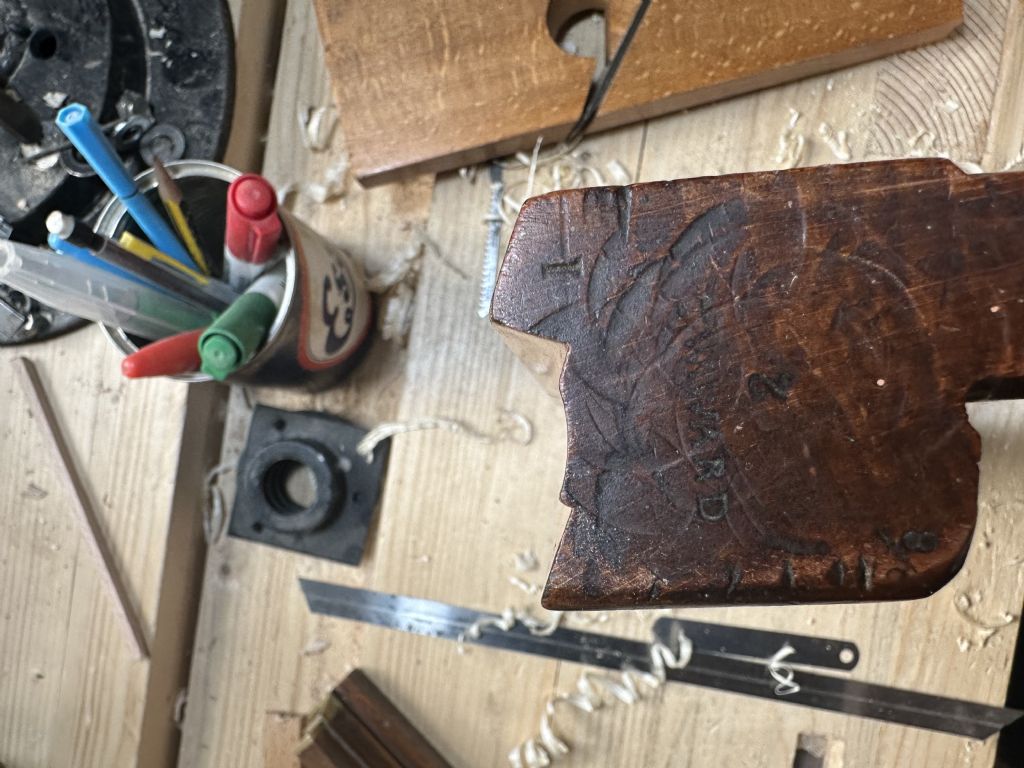
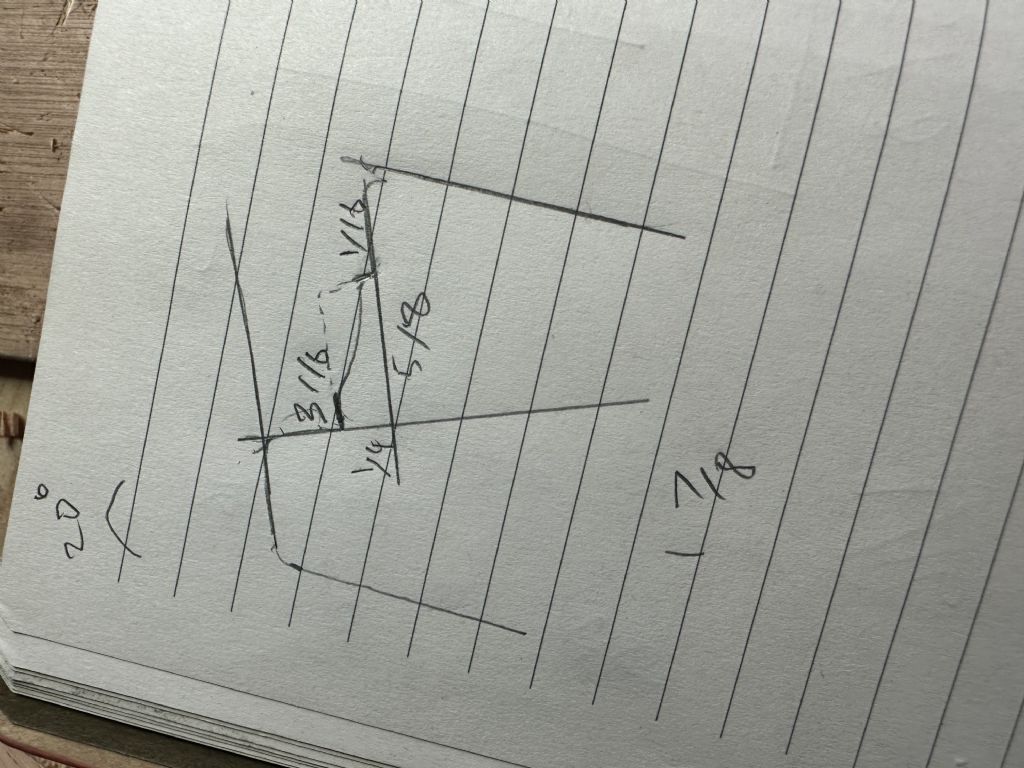

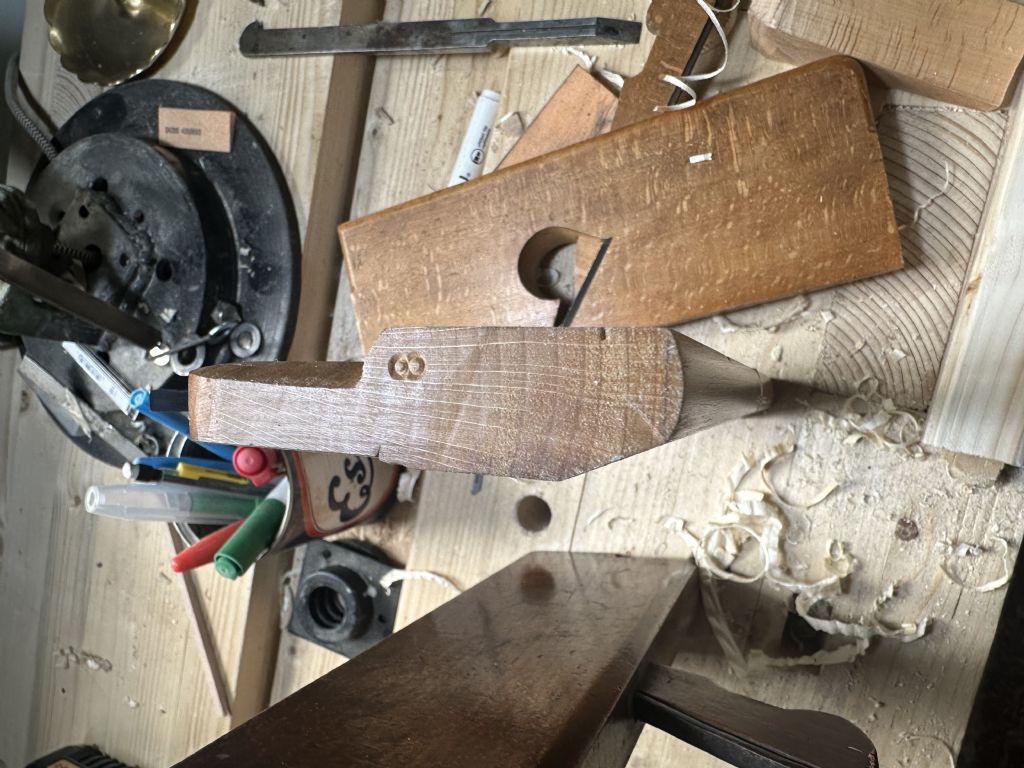
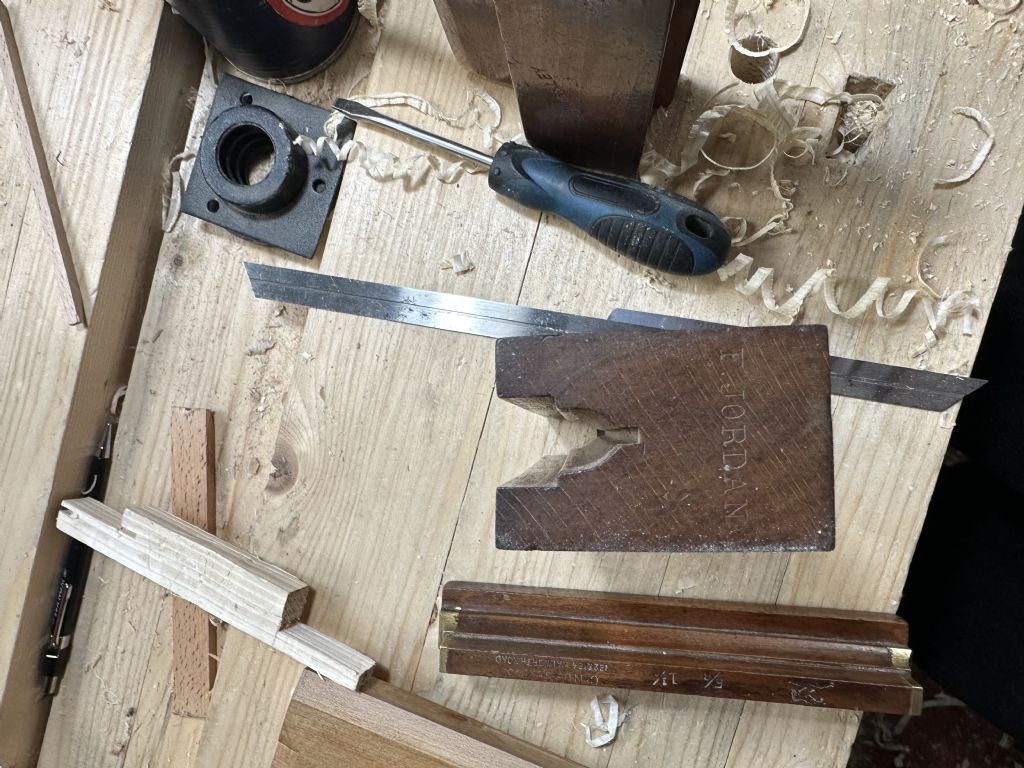
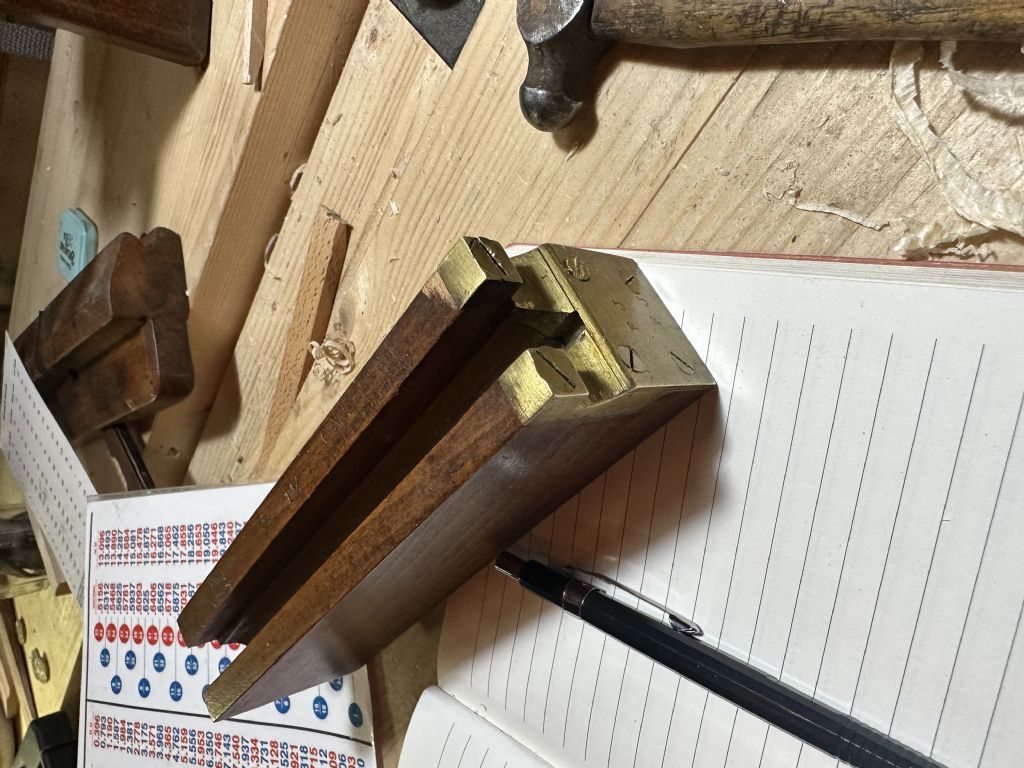
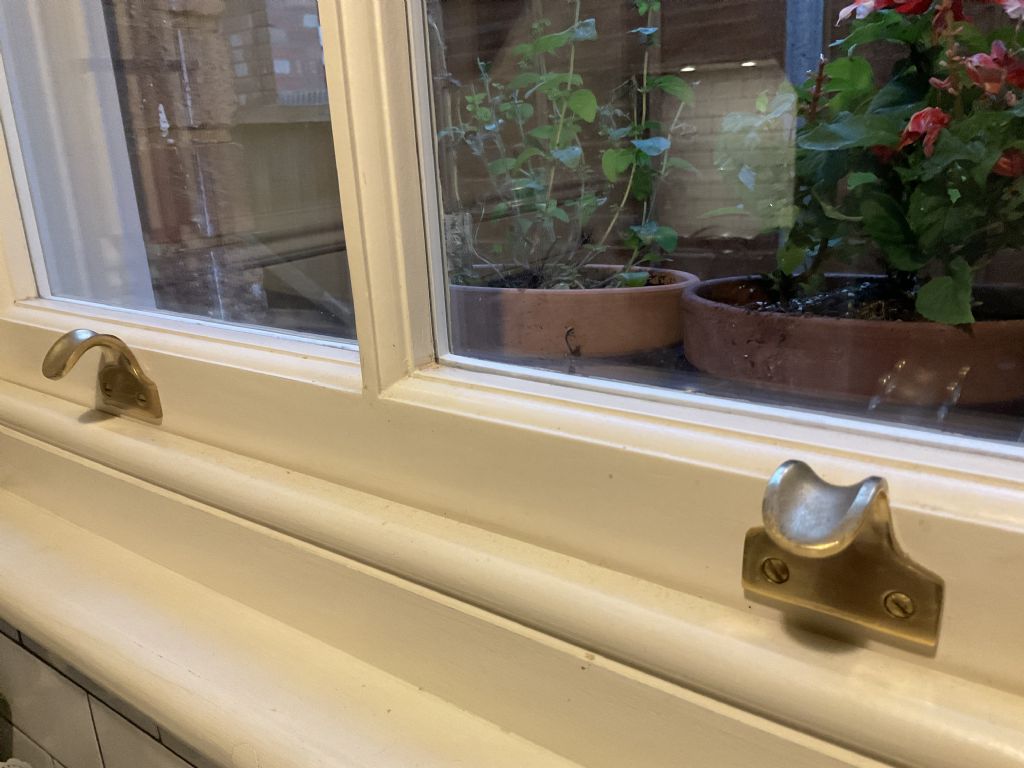
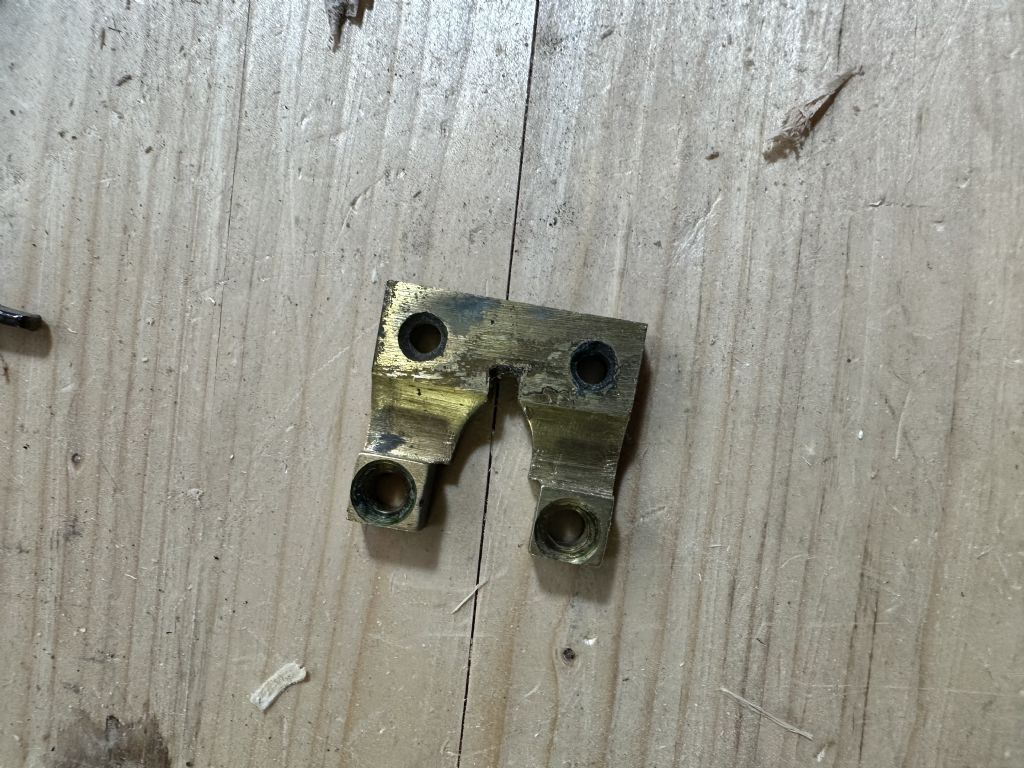

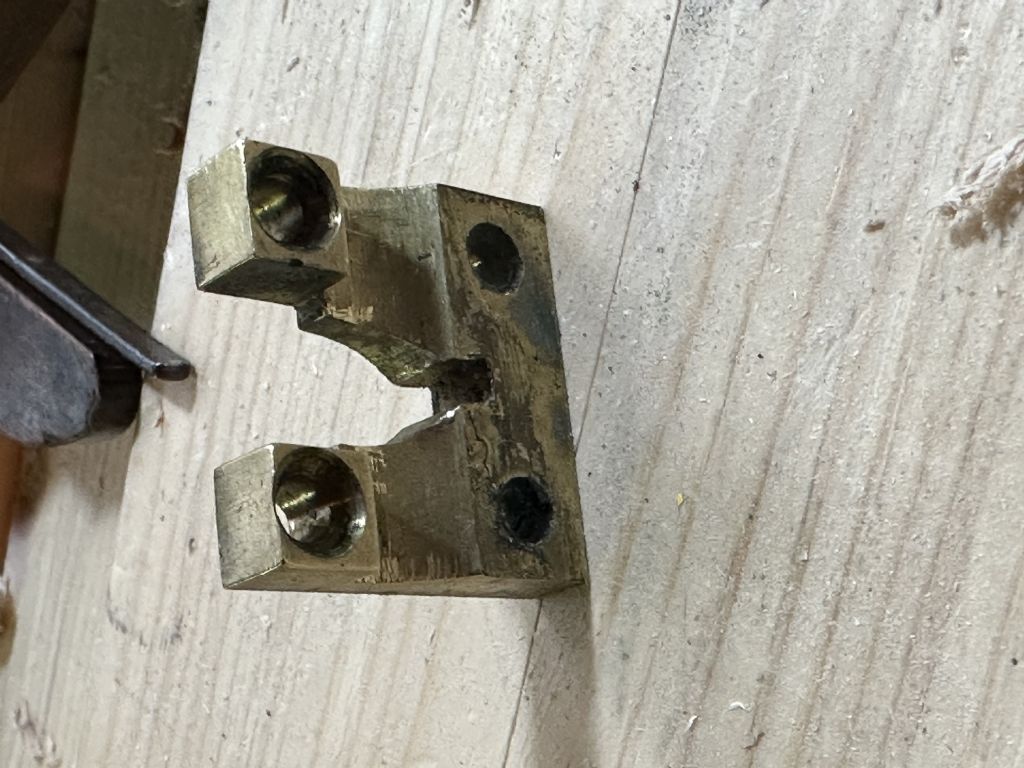
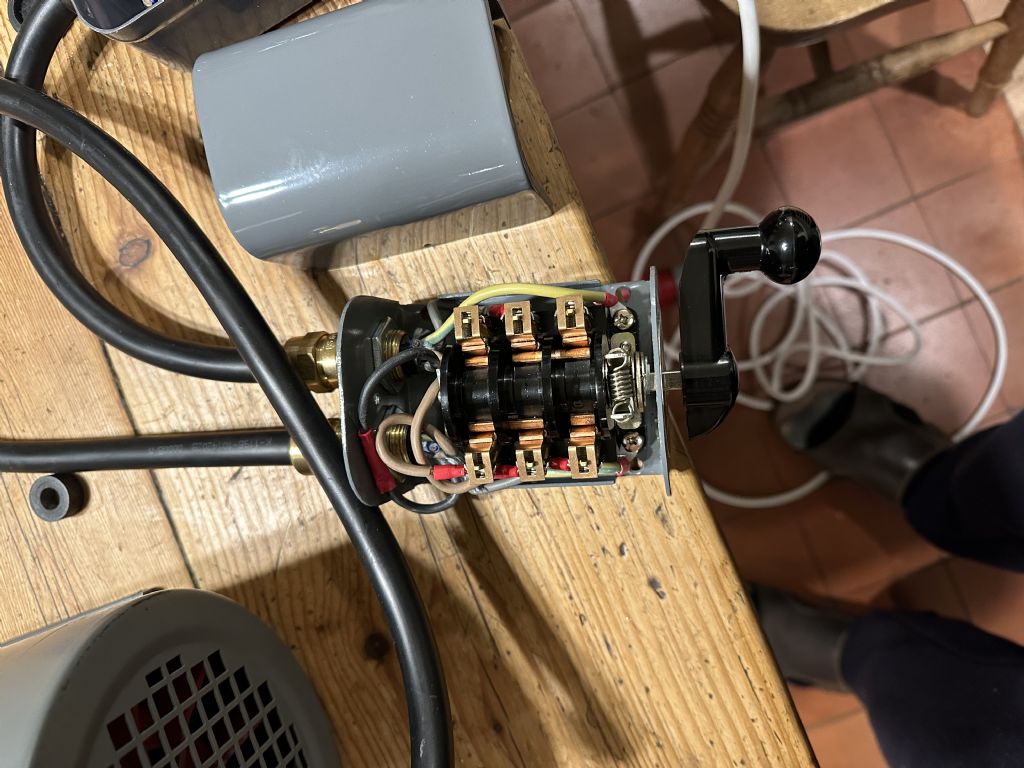
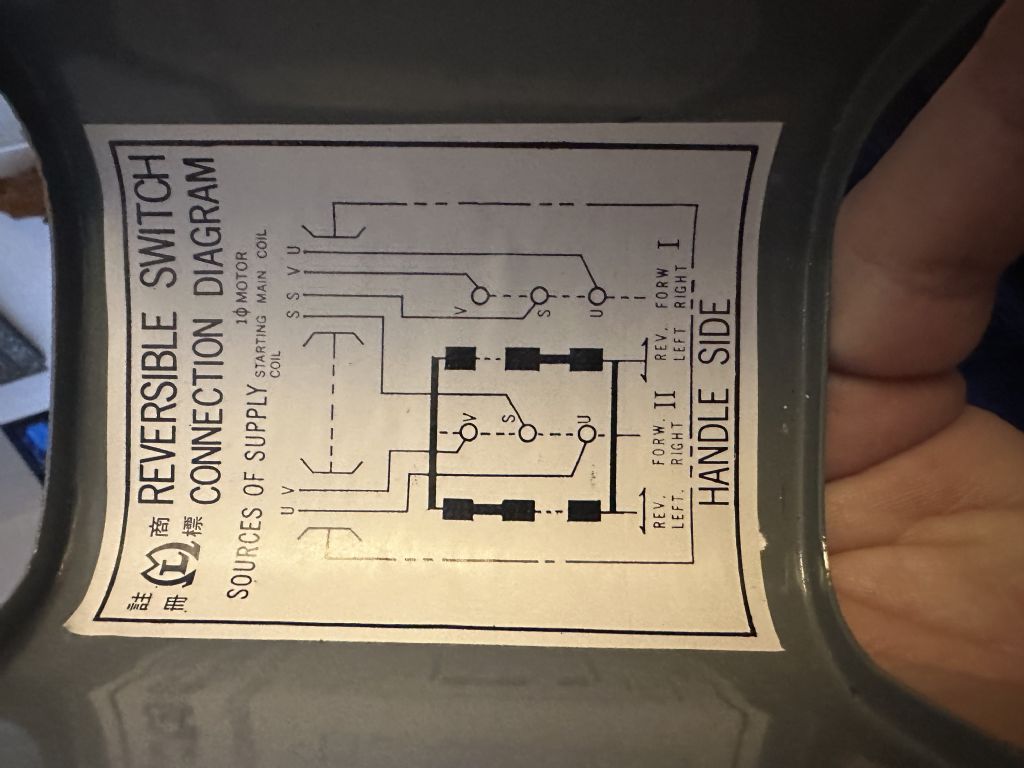
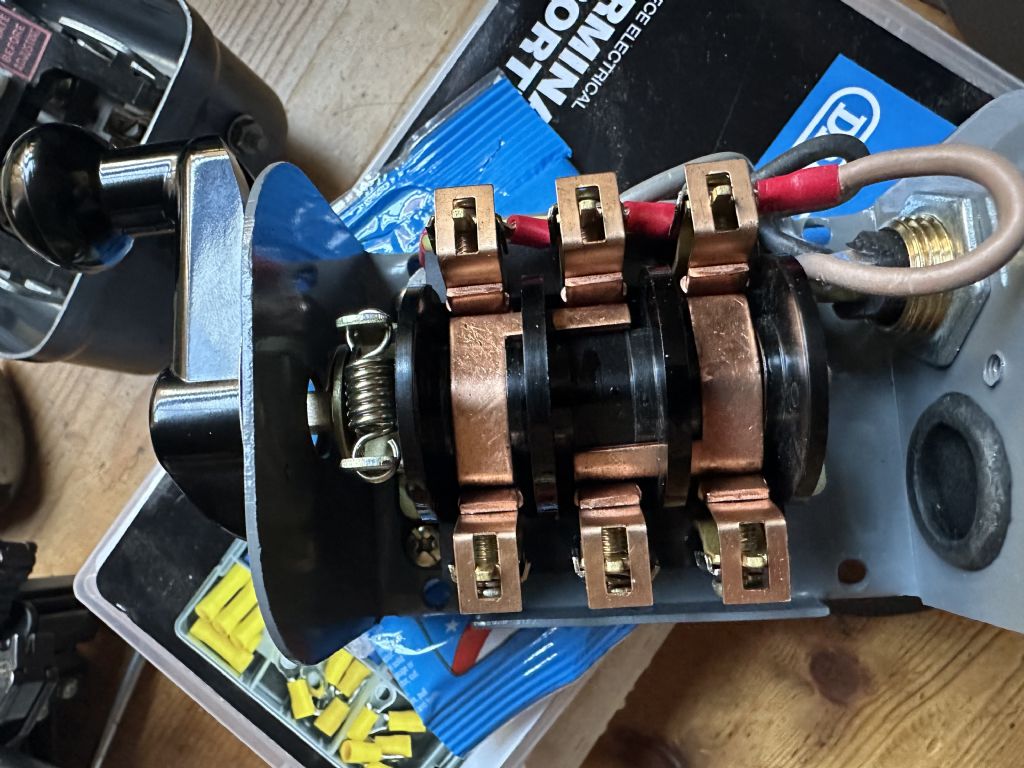

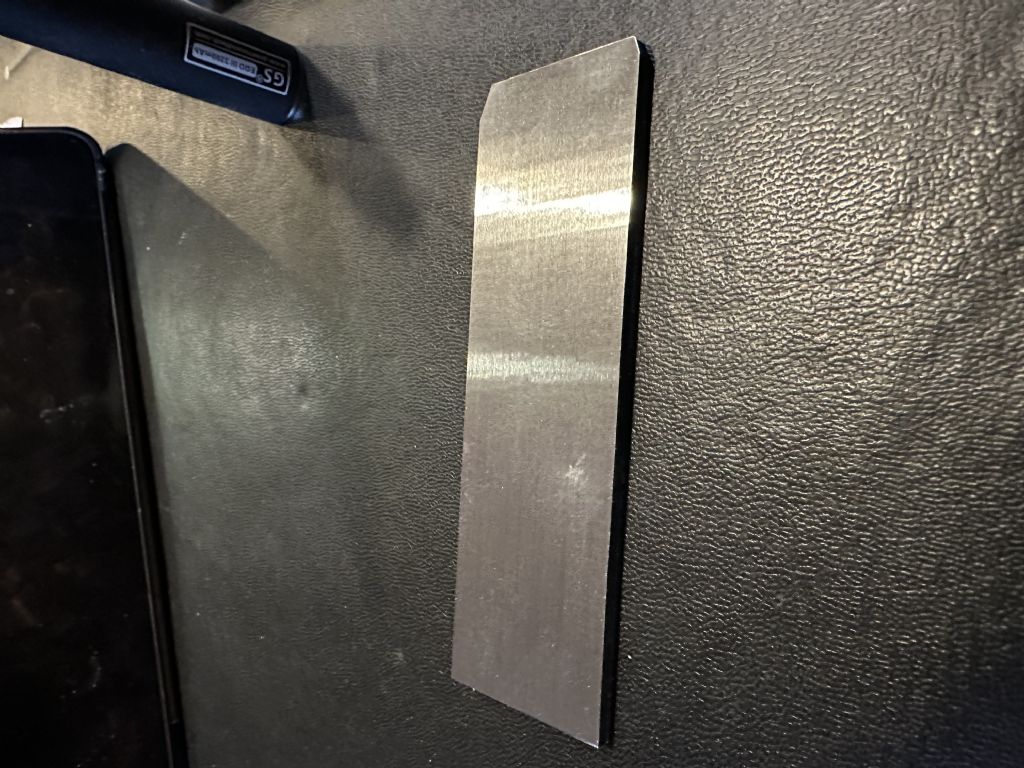
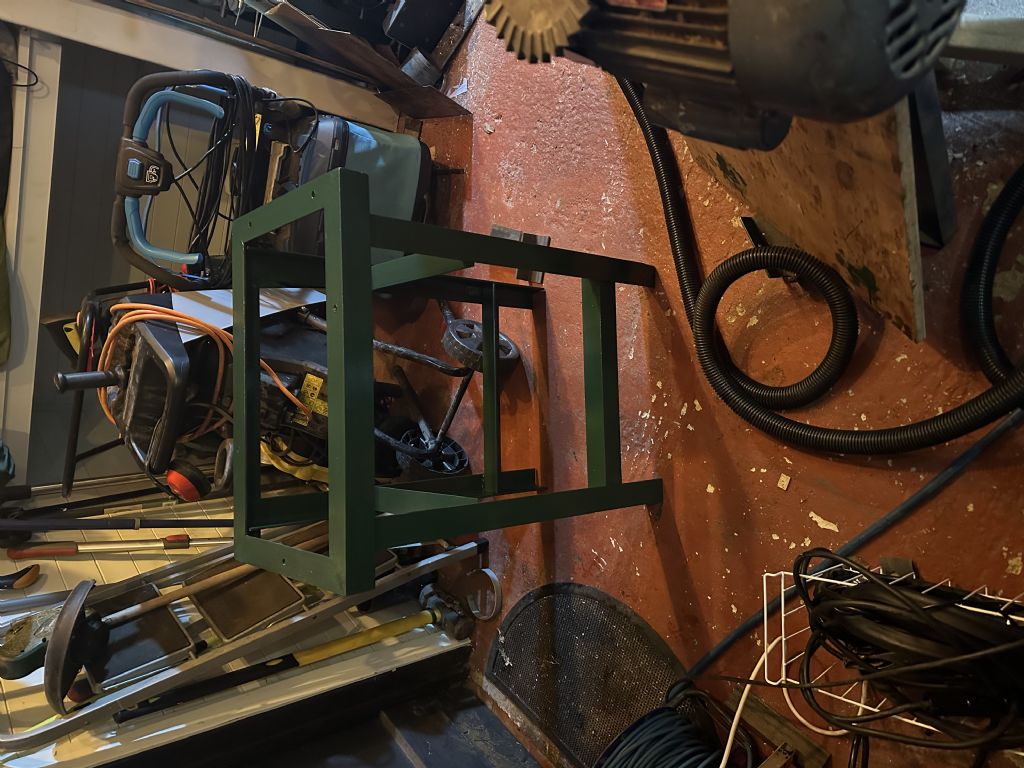
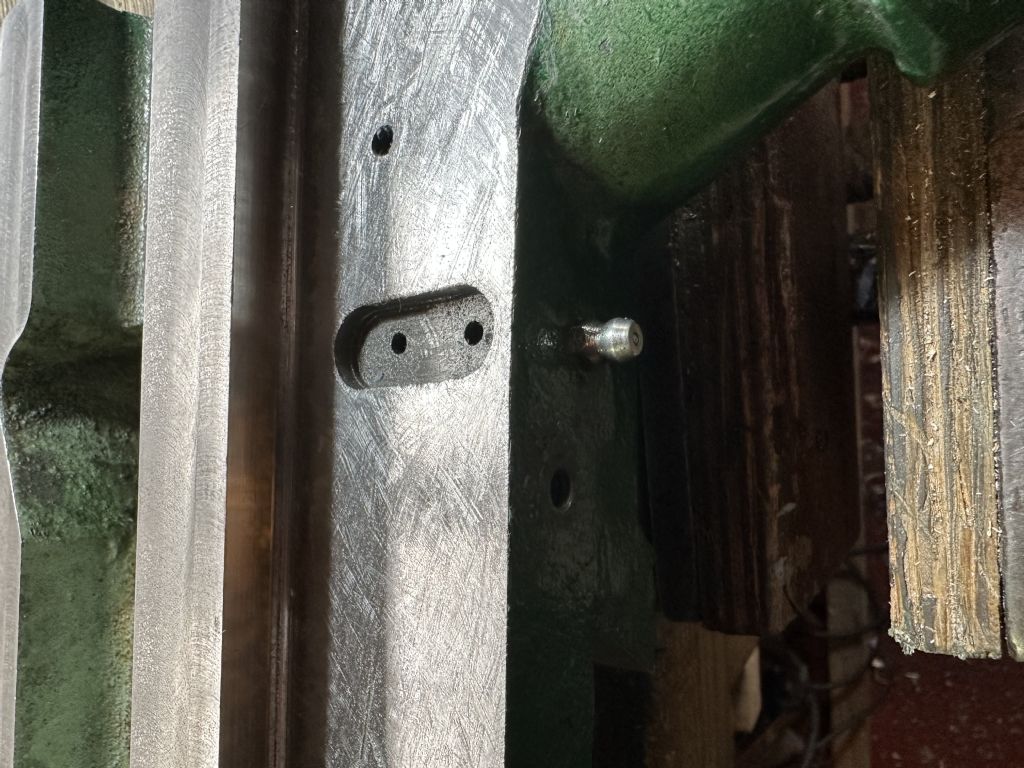
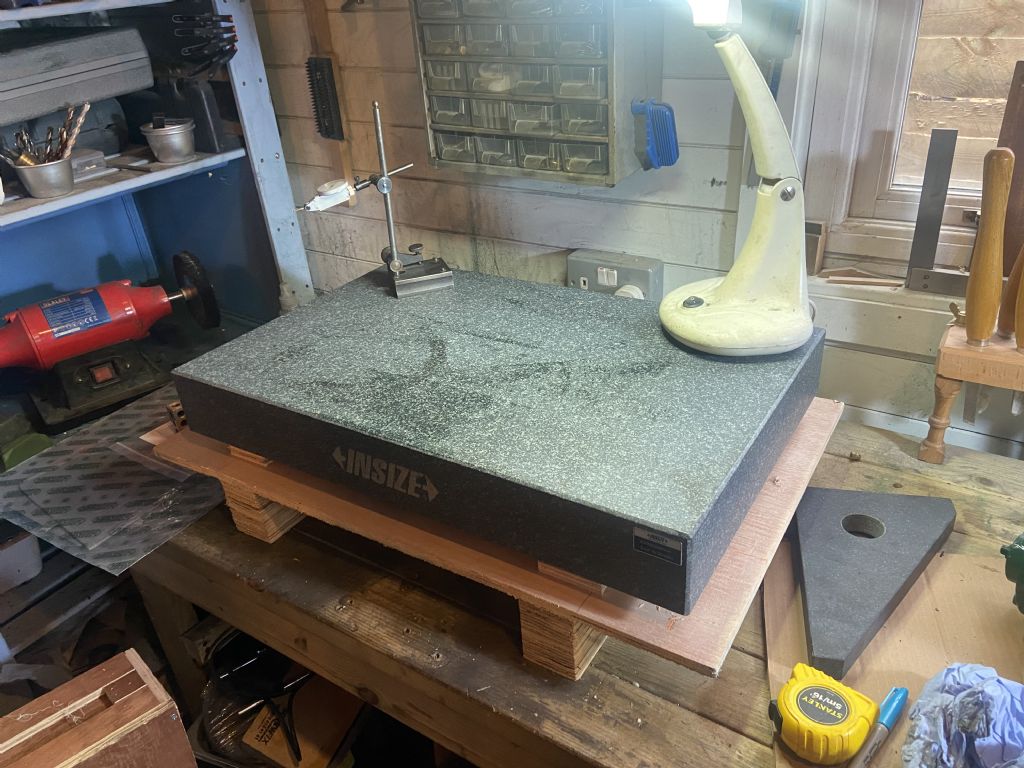
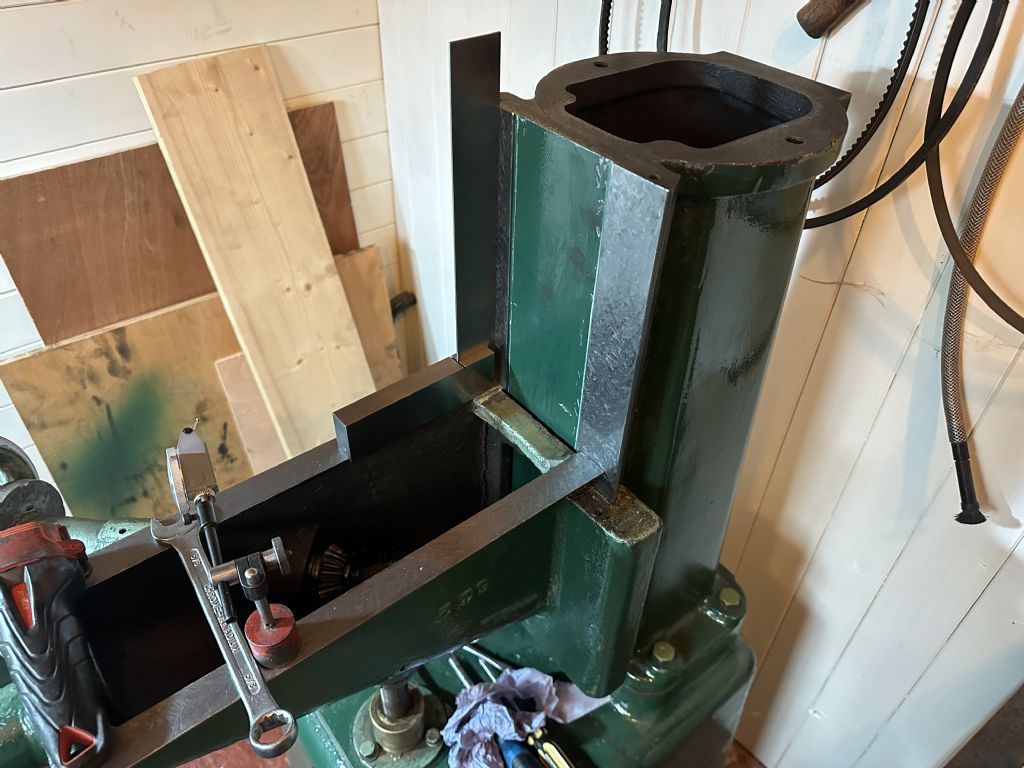









 Register
Register Log-in
Log-in


